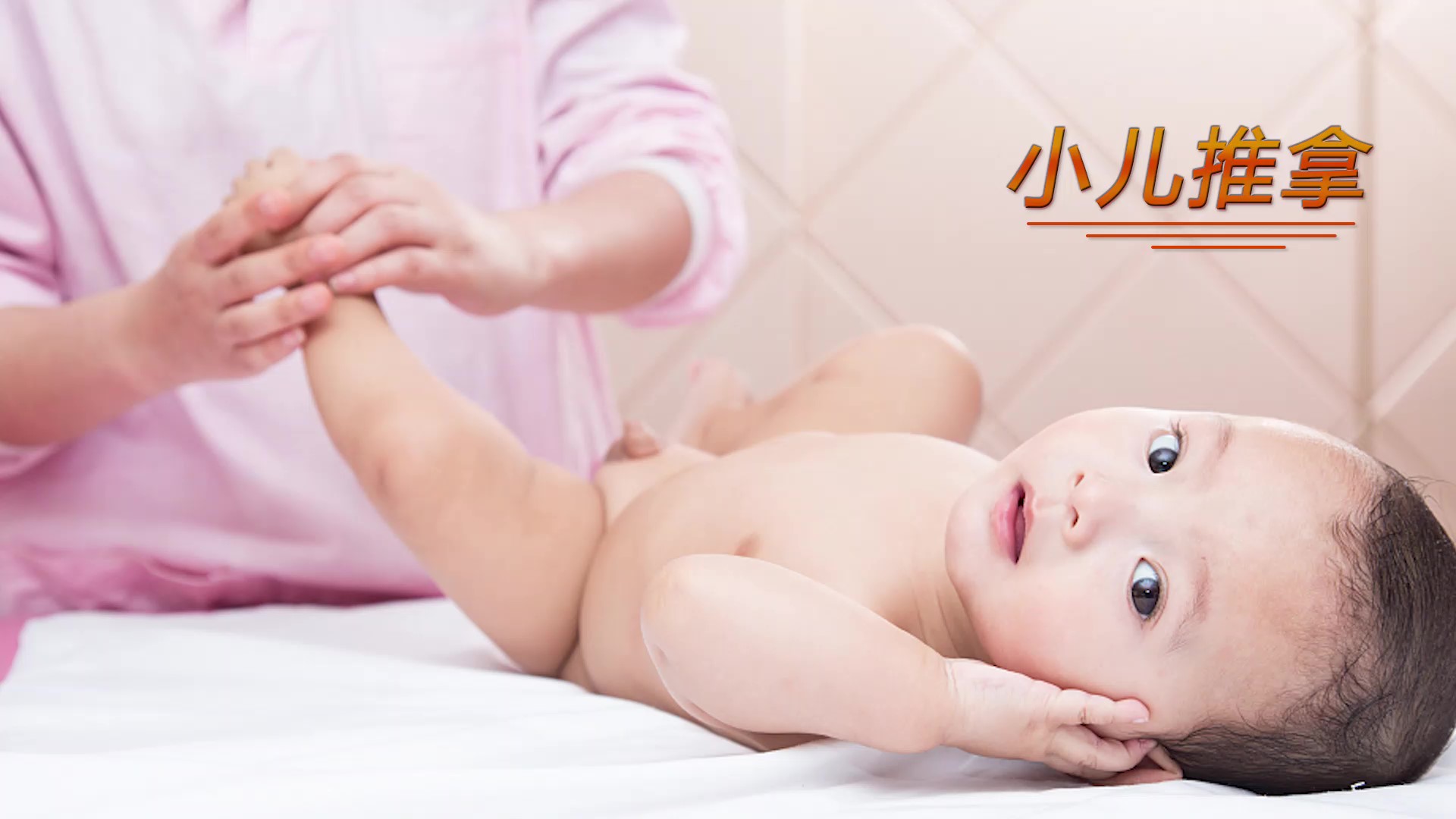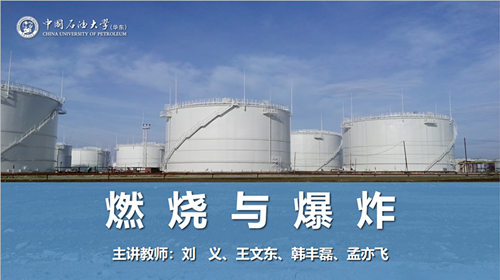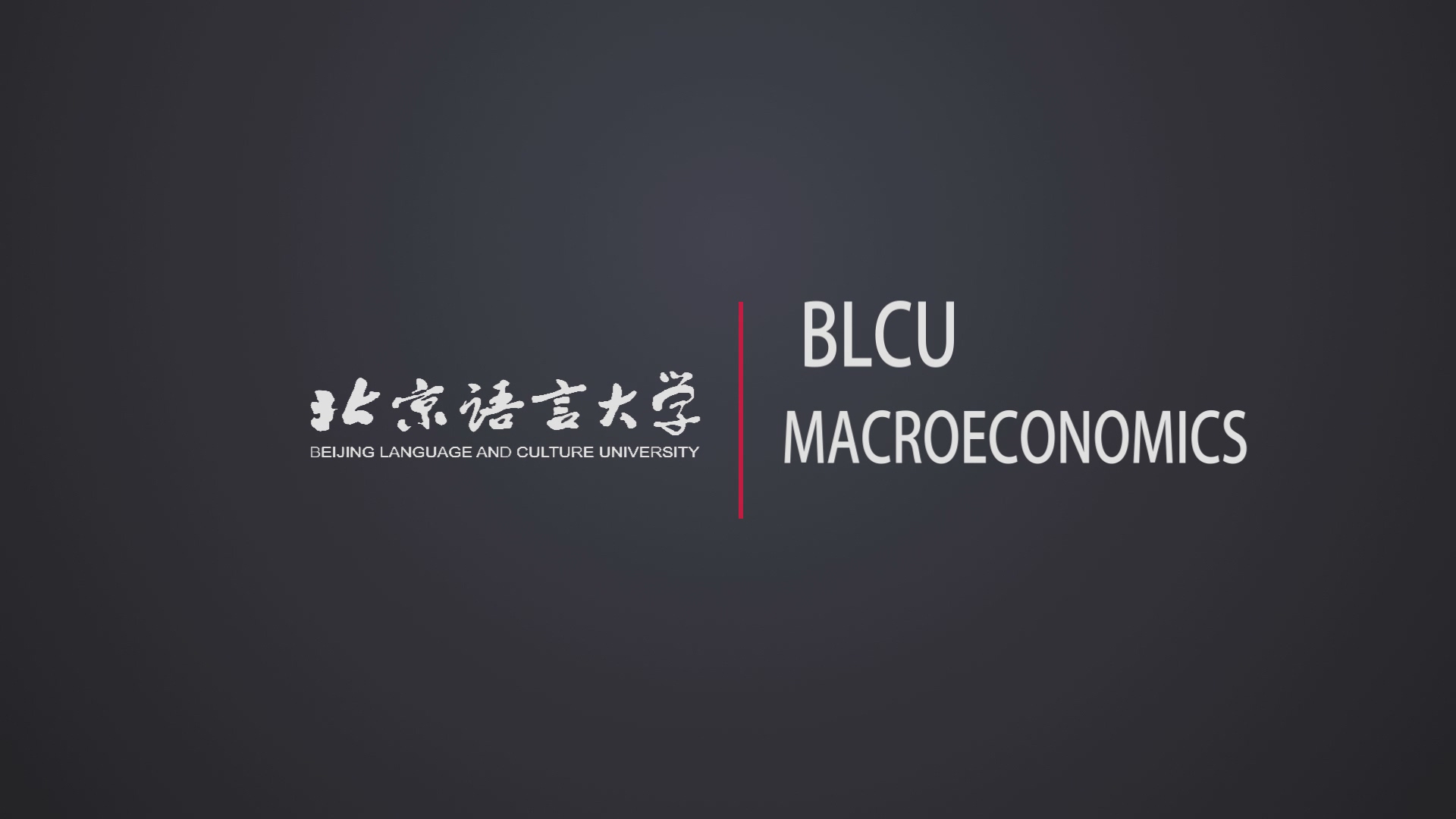
当前课程知识点:Chinese Ceramics > Unit 17 Chinese ceramic decoration art > 17.1 Traditional Chinese Decorative Patterns > 17.1 Traditional Chinese Decorative Patterns
返回《Chinese Ceramics》慕课在线视频课程列表
大家好,欢迎来到课堂
今天我们来谈谈
中国传统纹饰
中国早在新石器时代就发明了陶瓷
这是巧妙使用粘土和火的产物
陶瓷是中华民族智慧的体现
也是中华文化不可缺少的一部分
历经了几千年的沧桑
中国传统
装饰图案的故事由来已久
它所体现的内涵和精神
是中华民族历史的瑰宝
因此,对传统纹样进行研究
是振兴中华民族的一条途径
中国传统纹饰是
中国传统艺术之一
中国传统纹饰有什么特点
它是一种以人物、动物、植物
文本、自然、方法论、民间故事、谚语和其他主题为特征的艺术形式
运用了转喻
类比、双关、象征和同音等多种表达技巧
它体现了对生活
财富和幸福的追求和美好愿望
在形式和内涵上都与情感诉求
文化背景、表现手法、社会环境等密切相关
装饰图案是人们心灵的物化表现
具有一定的形式美原则
中国传统纹饰源于对自然的崇拜
对星星、天空、大海的崇拜
图腾崇拜,把某些动物
或植物作为氏族的象征
生殖崇拜,对生物圈的
繁殖力的赞美和渴望
神话传说中,女娲造人
精卫填海,夸父追太阳
中国传统纹饰的演变
和发展历史悠久
它们有多种风格和形式
同时保留了表达人们的创业精神和愿望的能力
邱教授,传统的图案是什么时候出现的
传统图案早在新石器时代就出现了
彩陶,又称陶画
是陶器与图案相结合的最早的例子
彩陶的纹样主要有动物纹样
植物纹样、编织纹样和几何纹样
在动物图案中,以美人鱼、鱼
鱼鸟图案最为引人注目
大多数植物的图案是旋转的和叶子形的
至于编织图案,有线形、马形
分枝等多种
用曲线绘制的点、三角形和抽象图案
是几何图案的主要样式
原始人类在表达思想时
运用抽象的几何图形进行概括
注重情感表达和作者的感性
而非准确性
在经历了运动、平衡、重复
力量和虚弱之后,原始人用绘画来表达它们
在装饰图案中
运用的形式美有变化与统一
对称与平衡、对比与协调
节奏与节奏等多种方式
由于恶劣的生活条件
人类的繁殖很大程度上受到自然的影响
人类本能地崇拜生殖
因此,像鱼
和青蛙这样多产的动物成为繁殖的象征
它们由原始人用图案
来表达他们对生育能力的渴望
在夏、商、周时期的青铜器时代
装饰图案不再简单
原始和愉悦
相反,它们被用来象征封建君主制
由于宗教和神话的原因
它们变得有些庄严肃穆
变异出现各种变化
例如动物的脸部图案、奎形图案和凤凰形图案
秦汉时期是中国历史上第一个“大一统”时期
生产力大大提高
在先秦时期,原始图腾、巫术
和宗教得到了重视
到了秦汉时期
图案变得更加精美多彩
经常使用动物形象
和植物共存的组合
线条变得流畅、优美和充满活力
南朝四百八十寺
多少楼台烟雨中
我知道
这是一首描写
魏晋南北朝时期
佛教兴盛的诗
当时出现了
大量的佛教浮雕纹样
包括莲花纹样、金银花纹样
龙纹样、鸟纹样等
莲花代表天堂
忍冬不朽,灵魂轮回
在中国历史上
唐朝是另一个大一统时期
装饰图案变成了一种
华丽、饱和、精致和浓重的色彩
图案的描绘往往以自然生命为主题
如卷草图案、宝相花图案
石榴图案等
在宋代,图案变成了一种更加现实的风格
用点,线和立面
描绘了运动中的动物的姿势和植物的形状
这些材料呈扁平状
结构对称,使图案动感而优雅
元朝是蒙古文化
伊斯兰文化和汉文化并存的
第一个由少数民族统治的王朝
因此,元代的花纹
既表现出矛盾与融合
又表现出复杂性与宏伟性
后来,明朝既有写意的风格又有整洁的风格
并具有强烈的装饰美
明朝时期有哪些有名的纹样呢
著名的有云纹
缠枝花纹、龙纹
凤凰纹、鱼纹等
在封建社会末期的清朝
虽然在装饰性上非常精致
但在装饰纹方面没有进行创新
高雅的色彩和浓密的线条
具有强烈的装饰感
总体而言,中国传统
纹样的发展演变是从原始时代
表达人类情感的简单线条开始的
由于宫廷、贵族
和文人的物质和精神享受
并受到宗教的影响
从而演变成新的风格
装饰纹样作为中国传统文化的重要组成部分
其精妙之处
和丰富的内涵难以言表
今天的课就到这里
感谢观看,下次再见
-1.1 Introduction
-1.2 Ceramics in Neolithic, East Han and Wei-Jin Dynasties
--Ceramics in Neolithic, East Han and Wei-Jin Dynasties
-1.3 Sui and Tang dynasties and Song Dynasty ceramics
--Sui and Tang dynasties and Song Dynasty ceramics
-1.4 Ming and Qing Dynasties
-Unit 1 test
--Unit 1 test
-Discussion questions
-2.1 The Unique Chinese Ceramic Culture
--The Unique Chinese Ceramic Culture
-2.2 The Historical Development of Chinese Ceramic Making
--The Historical Development of Chinese Ceramic Making
-2.3 Chinese Ceramic Shape Art
-2.4 Chinese Ceramic Painting Art
--Chinese Ceramic Painting Art
-2.5 Chinese Ceramic Folk Stories
--Chinese Ceramic Folk Stories
-Unit 2 test
--Unit 2 test
-Discussion questions
-3.1 CeramicCulture and the Zodiac
--CeramicCulture and the Zodiac
-3.2 The heritage of traditional ceramic culture
--The heritage of traditional ceramic culture
-3.3 The development and innovation of ceramic art
--The development and innovation of ceramic art
-Unit 3 test
--Unit 3 test
-Discussion questions
-4.1 Gorgeous Colored Pottery
-4.2 The Method of Making Colored Pottery
--The Method of Making Colored Pottery
-4.3 Primitive Colored Pottery Ⅰ
-4.3 Primitive Colored Pottery Ⅱ
-4.3 Primitive Colored Pottery Ⅲ
-4.4 Black Earthenware
-4.5 White Pottery and Primitive Porcelain
--White Pottery and Primitive Porcelain
-Unit 4 test
--Unit 4 test
-Discussion questions
-5.1 Terracotta Warriors in Qin Dynasty
--Terracotta Warriors in Qin Dynasty
-5.2 Potteries in Han Dynasty
-Unit 5 test
--Unit 5 test
-Discussion questions
-6.1 Dragon kiln and Celadon
-6.2 Yue Kiln and Wuzhou kiln
-6.3 Deqing Kiln and Ou kiln
-6.4 Longquan Wares
-6.5 Yaozhou Wares
-Unit 6 test
--Unit 6 test
-Discussion questions
-7.1 Tang Tri-Colored Pottery
--7.1 Tang Tri-Colored Pottery
--7.1 Tang Tri-Colored Pottery
-7.1Tang Tri-Colored Pottery
--7.1 Tang Tri-Colored Pottery
--7.1 Tang Tri-Colored Pottery
-Discussion questions
-Unit 7 test
--Unit 7 test
-8.1 The flourishing age of the Song Dynasty
--8.1 The flourishing age of the Song Dynasty
-8.2 The flourishing age of the Song Dynasty
--8.2 The flourishing age of the Song Dynasty
-8.3 Ding Wares
-8.4 Ru Wares
-8.5 Guan Wares
-8.6 Ge Wares
-8.7 Jun Wares
-Discussion questions
-Unit 8 test
--Unit 8 test
-9.1 Reasons for the maturity of Qinghua porcelain in Yuan Dynasty
--9.1 Reasons for the maturity of Qinghua porcelain in Yuan Dynasty
-9.2 The Invention of Blue-and-white Porcelain in the Tang Dynasty
--9.2 The Invention of Blue-and-white Porcelain in the Tang Dynasty
-9.3 Fine China Ware became the Symbol of ChinaⅠ
--9.3 Fine China Ware became the Symbol of ChinaⅠ
-9.3 Fine China Ware became the Symbol of ChinaⅡ
--9.3 Fine China Ware became the Symbol of ChinaⅡ
-9.3 Fine China Ware became the Symbol of ChinaⅢ
--9.3 Fine China Ware became the Symbol of ChinaⅢ
-9.4 The charm of QinghuaⅠ
-9.4 The charm of QinghuaⅡ
-9.4 The charm of QinghuaⅢ
-Discussion questions
-10.1 Da Ming Wucai
-10.2 Wooden engravings influence on Wucai porcelain
--10.2 Wooden engravings influence on Wucai porcelain
-10.3 Kangxi Wucai
-10.4 Liling Under-glaze multicolored porcelainⅠ
--10.4 Liling Under-glaze multicolored porcelainⅠ
-10.4 Liling Under-glaze multicolored porcelainⅡ
--10.4 Liling Under-glaze multicolored porcelainⅡ
-Discussion questions
-11.1 The advent of Fencai
-11.2 Fencai Porcelain in the Yong zheng period
--Fencai Porcelain in the Yong zheng period
-11.3 Fencai Porcelain in the Qianlong Period
--Fencai Porcelain in the Qianlong Period
-Discussion questions
-13.1 Zisha-pottery
-13.2 The Zisha Teapot
-13.3 The Zisha tea set in the Ming Dynasty
-Discussion questions
-14.1 Development of Contemporary Chinese ceramic art
--14.1 Development of Contemporary Chinese ceramic art
-14.2 The internationalization trend of Chinese modern ceramics
--14.2 The internationalization trend of Chinese modern ceramics
-14.3 A new style of contemporary ceramic art Ⅰ
--14.3 A new style of contemporary ceramic artⅠ
-14.3 A new style of contemporary ceramic art Ⅱ
--14.3 A new style of contemporary ceramic art Ⅱ
-14.4 The Trade of the Artisans Ⅰ
--14.4 The Trade of the Artisans Ⅰ
-14.4 The Trade of the Artisans Ⅱ
--14.4 The Trade of the ArtisansⅡ
-Discussion questions
-15.1 Unique Cloisonné technique
--15.1 Unique Cloisonné technique
-15.2 The Craftsmanship and Development of Cloisonné
--15.2 The Craftsmanship and Development of Cloisonné
-15.3 The Problems Facing the Inheritance of Cloisonné
--15.3 The Problems Facing the Inheritance of Cloisonné
-15.4 The inheritance and development of Cloisonné
--15.4 The inheritance and development of Cloisonné
-Unit 15 Test
--Unit 15 Test
-Discussion questions
-16.1 Appreciation of Chinese ceramics
--16.1 Appreciation of Chinese ceramics
-16.2 Explore the origins of ancient ceramics Ⅰ
--16.2 Explore the origins of ancient ceramics Ⅰ
-16.2 Explore the origins of ancient ceramics Ⅱ
--16.2 Explore the origins of ancient ceramics Ⅱ
-Unit 16 Test
--Unit 16 Test
-17.1 Traditional Chinese Decorative Patterns
--17.1 Traditional Chinese Decorative Patterns
-17.2 Application of Traditional Chinese decorative patterns in ceramics
--17.2 Application of Traditional Chinese decorative patterns in ceramics
-Unit 17 Test
--Unit 17 Test
-Discussion questions





